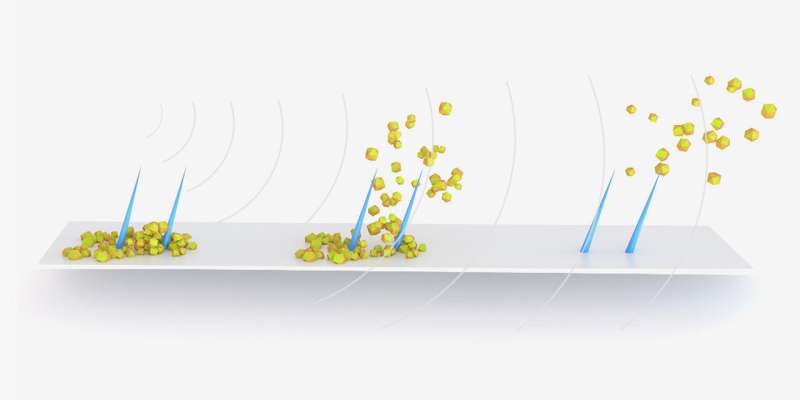Biofilm, produced by bacteria, and crystalline deposits, called encrustation, grow on the inner and outer walls of such stents and catheters soon after implantation and are among the main causes of failure of these devices because they lead to painful blockages and urinary infections.
To mitigate these issues, urinary stents and catheters therefore must be replaced every two to six months, which not only considerably restricts the quality of life of those affected but also leads to high hospital load and costs.
In a recent study led by Daniel Ahmed, Professor of Acoustic Robotics at ETH Zurich, and Francesco Clavica from the ARTORG Center at the University of Bern, the interdisciplinary team mimicked the architecture and flow conditions of stented ureters and proved that ultrasound-activated artificial cilia on the stent’s surface can efficiently remove biofilms and encrustations. These findings were published in the Proceedings of the National Academy of Sciences.

